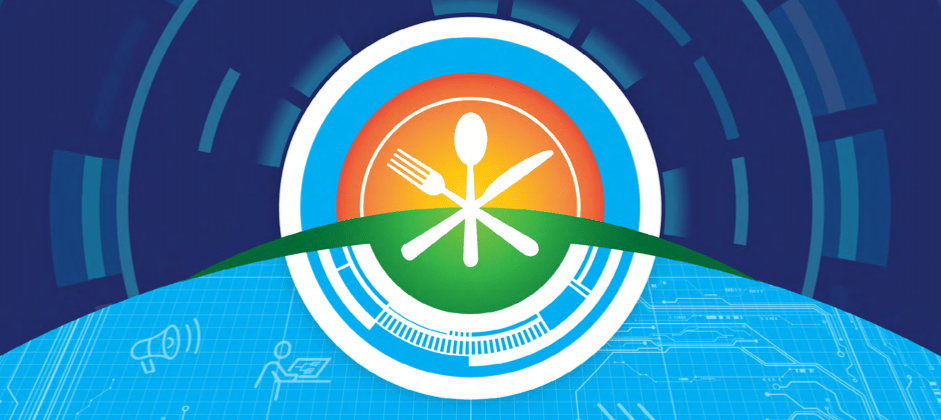Handwashing Metrics Can Power a Food Safety Culture
The unveiling of FDA’s blueprint for The New Era Of Smarter Food Safety raises the hope and probability for meeting the public’s expectation for safer food. Frank Yiannas’s experiences from Disney to Walmart to the FDA are now shaping up to a well-conceived, risked-based food safety program focused on prevention. Frank now serves as the FDA’s Deputy Commissioner for Food Policy and Response.
The risk basis for this New Era of Smarter Food Safety (SFS) program engenders an intensified focus on retail foodservice where hands and personal behaviors are the priority rather than the more controllable world of mechanized processes. FSMA, the Food Safety Modernization Act, leans heavily on food production rather than foodservice while the latter results in far more outbreaks. HACCP, HARPC, AMC (Active Managerial Control), FSMA and now SFS all call for metrics to achieve cross-departmental commitments and to verify a path of continuous improvement. Numbers provide the common language, neutralize the hidden departmental agendas and add program sustainability.
HACCP’s first step is to conduct a Hazard Analysis and prioritize needed responses. Outbreak statistics, tracking food from farm to fork, open industry eyes to the risk realities. The CDC chimes in with their advice in avoiding foodborne outbreaks: “Handwashing is the single-most-important means of preventing the spread of infection.” A fix to this lack of process control for handwashing could well be an early marker of success for the 10 year blueprint defining the New Era of Smarter Food Safety.
SFS includes work to enhance traceability, improve predictive analytics, respond more rapidly to outbreaks, address new business models, reduce contamination of food, and foster the development of stronger food safety cultures.
Industry-to-industry pressure is expected to be one of the early achievements of SFS. It will drive new solutions and the needed innovation long before government can research, propose, revise, and publish industry directives. It is expected to steer industry to currently available innovations such as the first application of voice recognition in verifying foodservice handwashing. https://handwashingforlife.org/journal/reopening-restaurants-with-digital-handwashing/
Mr. Yiannas summarized the SFS initiative: “There is a lot of synergy; an idea in one element may be relevant to one or more others. For example, analytics crosses over into traceability and new business models. The themes of mutual reliance between federal and state partners and the importance of food safety culture are woven throughout. There are common needs for metrics and reliable third-party audits. These elements, working together, will bring us into the New Era of Smarter Food Safety.”
New Era of Smarter Food Safety on FDA.gov »


